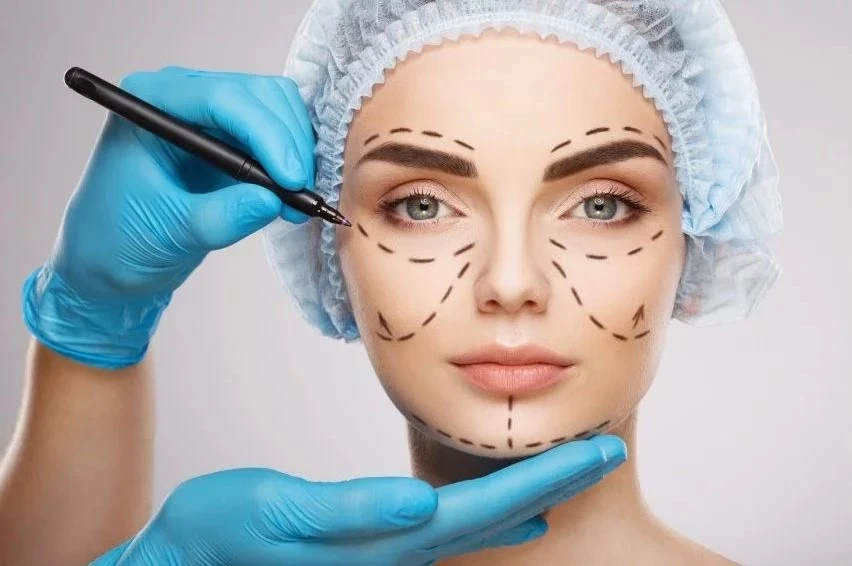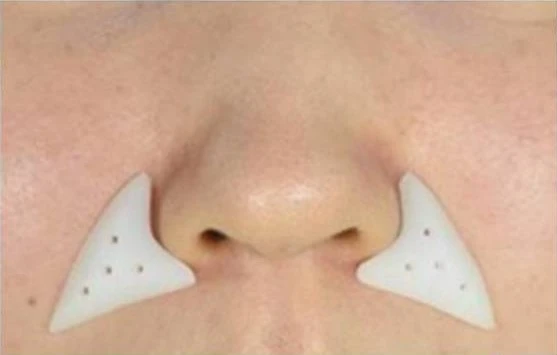Journal
Fat Graft, Fillers, or Implants? What is the Better Option for You?
2024-03-08
Non-surgical

What is Fat Grafting?
Fat grafting, also known as fat transfer, involves the transfer of the patient's own fat from one part of the body to another. This procedure has gained popularity in Korea for those seeking a more natural and lasting solution to facial volume loss and contouring.
What is the Process of Fat Grafting?
Fat grafting is minimally invasive and effective for anti-aging and skin rejuvenation. It is performed to improve volume and shape on not only the face but also the body (such as breasts and buttocks). Fat grafting is the safest as it utilizes autologous, one’s own, fat. Harvested fat from the donor site (usually thighs or abdomen) is grafted to the areas of the face, such as the forehead, upper eyelids, lower eyelids, temples, nasolabial folds (smile lines), and chin. Fat graft results in a 3-dimensional and fresh face. After the fat is grafted, it is important to abstain from tobacco and maintain body weight. This will help the grafted fat to survive and settle completely. PRP and stem cells are also used to increase the fat survival rate. If necessary, it is completely safe to perform more than one session of fat graft.
- Fat on the donor site is harvested (usually from the inner thighs or abdomen).
- Fat cells are separated through the centrifugation process by a special lipokit device
- Pure autologous fat cells are grafted evenly to the desired areas with a nano cannula.

What are Fillers?
Fillers are injectable substances that provide immediate volume enhancement. This non-surgical option has become immensely popular, especially among those seeking instant results with minimal downtime.
Fillers, comprised of substances like collagen or hyaluronic acid, are formulated to sustain volume upon injection. These components, being naturally occurring compounds in the body, are readily absorbed over time. The longevity of filler results can vary, ranging from 6 months to 10 years, contingent upon the specific brand and type used.
Widely recognized for its simplicity, filler injections do not necessitate any downtime. However, the satisfaction and safety of the outcomes depend significantly on several factors: the surgeon's technique, the brand of filler employed, and the quantity administered.
What are Facial Implants?
Facial implants, made from materials that seamlessly integrate with human tissues, are tailor-made to elevate and refine the natural contours of the face.
Determining the ideal type and size of facial implants is a nuanced process, involving a thorough assessment of your aesthetic goals, specific features you wish to enhance, and the judgment of your surgeon.
Optimal Solutions for Different Facial Areas:
Forehead:
Many individuals experience naturally sunken foreheads or hollowing as they age. Implants are not recommended for the forehead due to potential side effects such as erosion, pooling of water or blood, and visible implant outlines. The preferred methods for adding volume to the entire forehead involve utilizing fat grafts and fillers for smaller, targeted areas.
Nose Bridge:
Enhancing the nose bridge is best achieved with silicone implants. Many people opt to use filler, but fillers are not permanent. In the beginning, it may look like you have a high bridge, but the more you get it, the filler will spread, changing the shape of your nose. In that case, you will have to dissolve the filler. If you want to only increase the nose bridge slightly, you can use filler or fat graft.
Nasolabial Folds:
Nasolabial folds can be addressed with either implants or fillers/fat grafts. Implants are shaped and inserted through the mouth or nose, while fillers typically involve filling one side of the fold with 1cc-2cc, and around 2cc for fat grafts.

Chin:
Severe cases of chin augmentation are best suited for chin implants, offering a dramatic change without invasive surgery. For slightly receded chins, fillers and fat grafts are viable options. You can read more about chin implants vs chin fillers here.
Cheekbones:
Fat grafting is essential for sunken cheekbones, creating volume and an elegant facial appearance. Fillers are also usable if you only do the front cheekbones.
Cheeks:
Sunken or hollow cheeks can benefit from both fat grafts and fillers. In cases of substantial sunken areas, fat grafting is recommended due to potential cost concerns associated with a large volume of filler.
Sunken eyes:
Fat grafting emerges as the superior method to address sunken eyes, offering a natural and lasting solution. Fillers are not recommended due to the constant eye movements causing filler displacement.
Love Band:
Love bands, popular in Korea for conveying a cute and lively image, are best addressed with fillers. The thicker particles in fat make it less effective for this specific area compared to the precision provided by fillers.

Conclusion
Ultimately, the decision between fat grafting, fillers, and implants hinges on individual preferences, desired outcomes, and the specific areas requiring enhancement. Implants are recommended for the nose, chin, and nasolabial folds. The advantages are it can create pretty shapes, give dramatic effects, and it lasts a long time. On the other hand, the scope of implants is limited because you cannot use them in areas with large surfaces such as the cheekbones, cheeks, and temple areas.
Fillers can be used in various areas, such as the forehead, nasolabial folds, love bands, frontal cheekbones, and more. Fillers are a relatively easy procedure that has no downtime. The particles of filler are thin, so precise treatment can be performed on the surface area close to the dermis, but the downside is that fillers are temporary.
Fat graft is the most versatile procedure. The forehead, nasolabial folds, chin, eyes, cheeks, cheekbones, and almost any sunken area of your entire face, can be filled with fat grafting. However, the recovery period is relatively long, with some bruising and swelling depending on the area of the face. Moreover, the most significant disadvantage of fat graft is the absorption of fat. If the average engraftment rate is about 50%, there are cases where overcorrection is done during the first or second procedure. If that is the case, there will be bruising and swelling, which will last longer. The best advantage of fat grafting is that there are no material costs, so you can put as much as you want. Also, fillers and implants are foreign substances in nature, but fats are your own tissues and are rich in stem cells and growth and regenerative factors, so it has the benefit of having excellent skin regenerative effects.
Back


